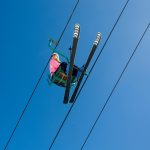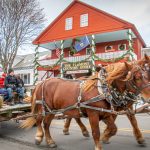Fall Comes to Vermont’s Northeast Kingdom
Want to see Vermont’s most vibrant early fall color? Go where the locals go, to the state’s Northeast Kingdom.
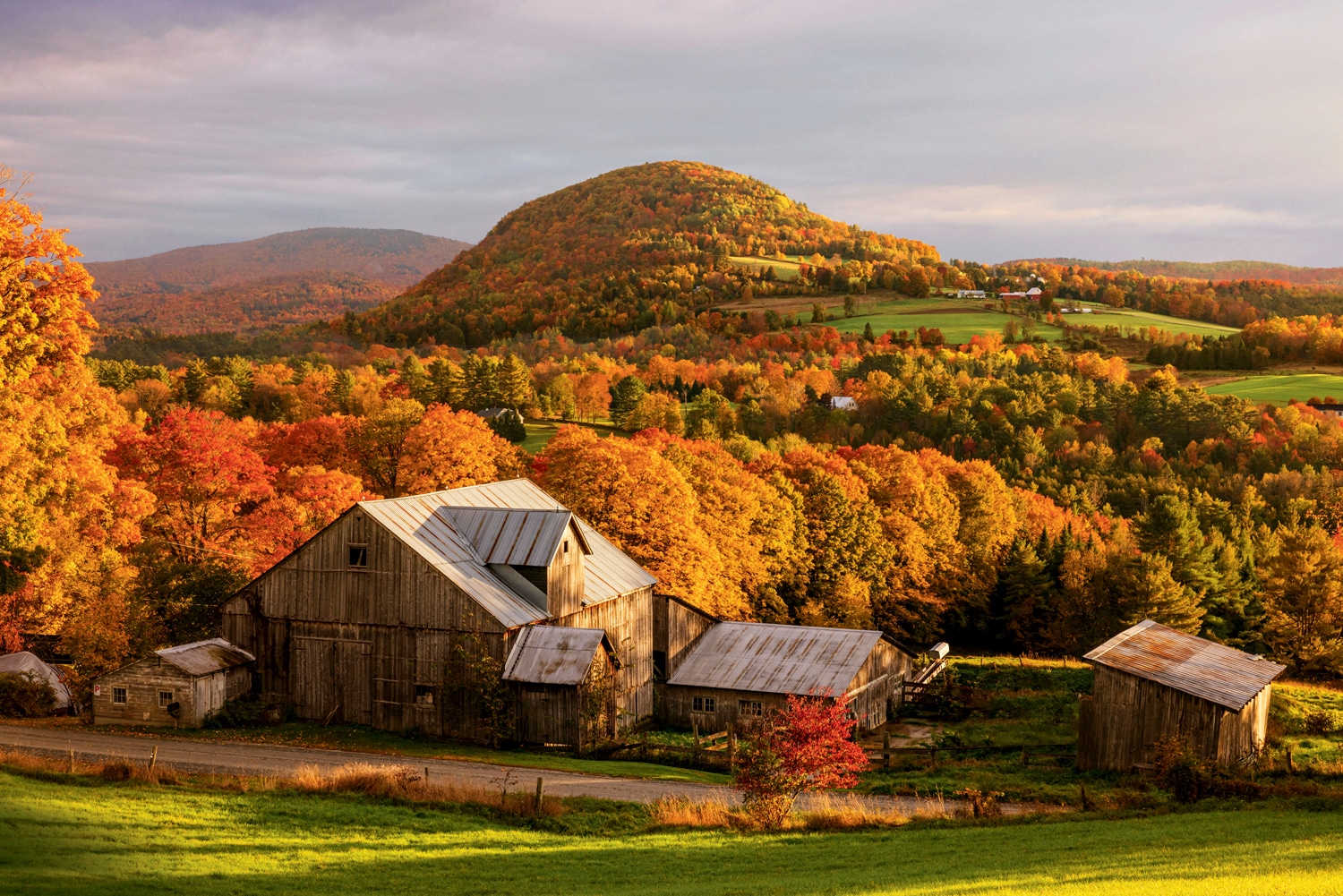
Coffee By Design | Portland, Maine
Photo Credit : Katherine KeenanI’ve always liked to take what I think of as my “back road” into the Northeast Kingdom, Vermont’s Vermont, hunkered hard against New Hampshire and Quebec. It starts when you turn off Route 100, just south of Lake Eden, and climb into high country on East Hill Road.
My wife, Kay, and I took this back road on a day in early fall, when the Kingdom starts to spill color down into the rest of the state. The still-green woods around the lake gave way to all the hues that autumn brings to red and orange, with yellowing birches for counterpoint. After a crest in the road and the opening of an eastward vista, we came to a well-remembered sign of entry into the Northeast Kingdom: the distant white spire of Craftsbury Common’s United Church.
In a state where settlement generally followed river valleys, Craftsbury Common is unusual. It floats high up on a ridge and clusters around a village green—the eponymous common—out of all proportion to its size. Reaching the village just as its tiny museum was opening, we helped docent Nancy Frohwein mount the flagpole on the porch. Then we headed inside to view relics that dated back to the time of Ebenezer Crafts, who was granted the town in 1780 by the legislature of the Vermont Republic. Ten years later, he and his son Samuel, a future Vermont governor, came to settle here. If it looked on their arrival anything like it did on this luminous autumn morning, they must have thought they’d been granted a morsel of paradise.
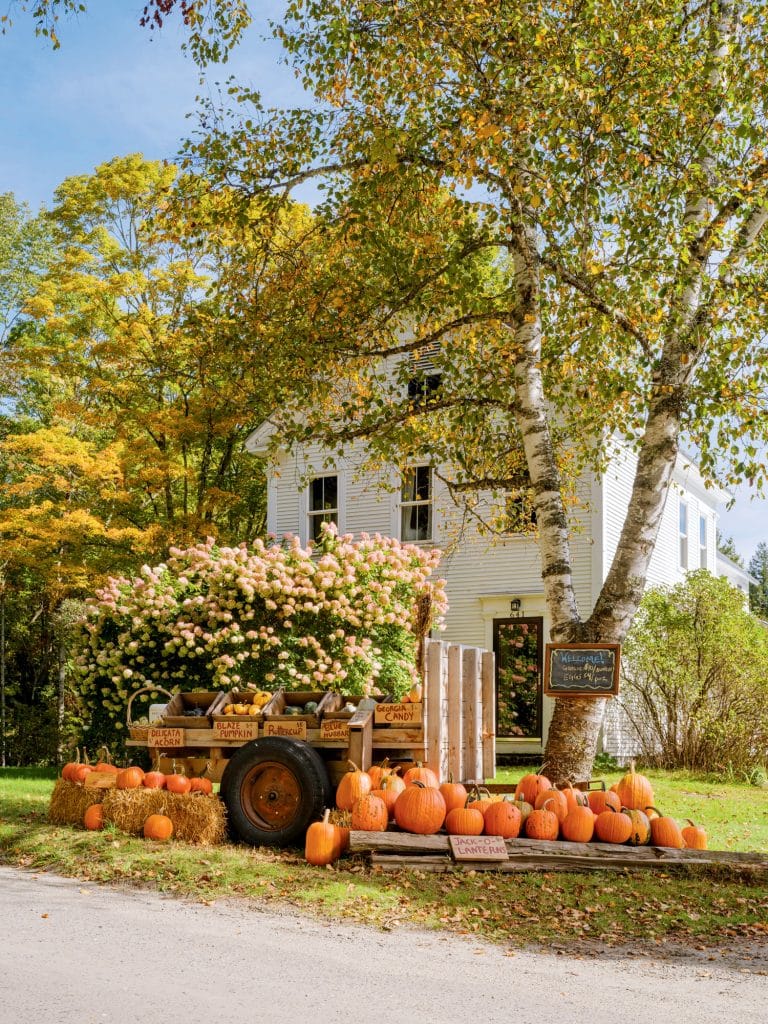
Photo Credit : Oliver Parini

Photo Credit : Oliver Parini
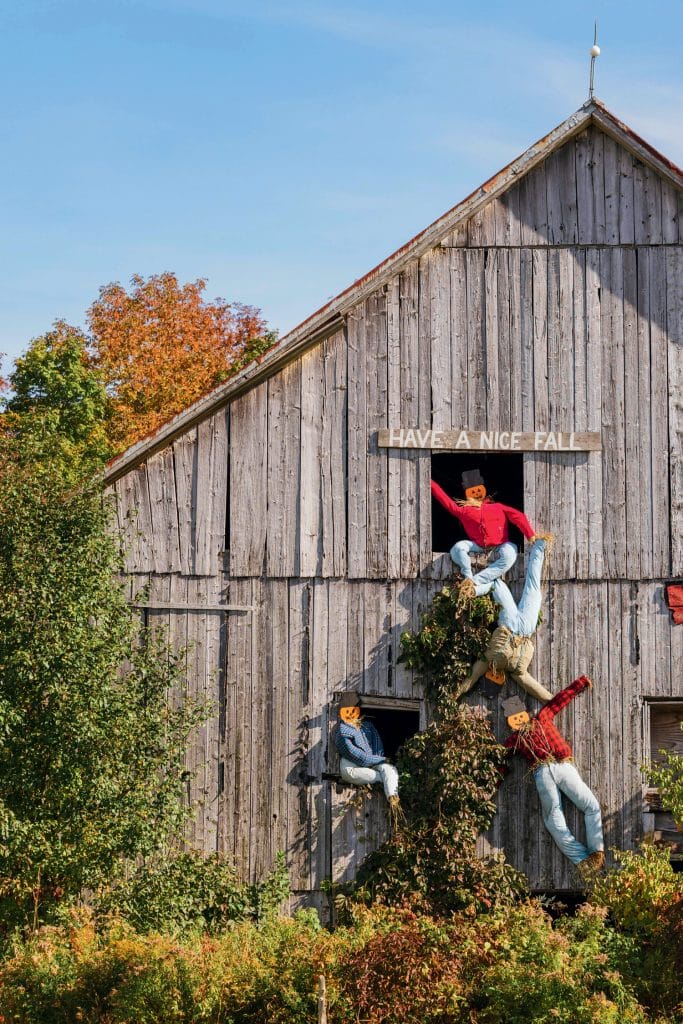
Photo Credit : Oliver Parini
Driving down from Craftsbury Common through Craftsbury to East Craftsbury (Vermonters hate to give up a name as a road leaves town), we looked for a turnoff onto a fragment of the Bayley-Hazen Road, that never-completed 18th-century route for a contemplated invasion of Canada. Having driven this portion years ago, I remembered it as an unpaved fall foliage superhighway. But a librarian in East Craftsbury—every village we passed had its library, because this is New England—told us it had been rutted into impassability, probably by ATVs. So, we took a no less lovely blacktop down to Greensboro, on Caspian Lake.
Since it was too early to settle into our quarters at Greensboro’s Highland Lodge, we continued—after a stop at Hill Farmstead Brewery, where it wasn’t too early for a pint—south to Danville, cutting across Route 2 to reach Peacham on the day of its Fall Foliage Festival. Actually, it was day five of a Kingdom-wide celebration of the season, as each year the festival makes the rounds of seven area towns, putting a different spin on “a movable feast.”
Peacham is an anomaly among country towns in Vermont, particularly those in the state’s more hardscrabble corners. The little café at the village crossroads serves cappuccino; the music playing as we ate our homemade blueberry cake wasn’t Garth Brooks, it was Harry Belafonte. And there’s an electric vehicle charger at the library.
We soon saw that Peacham itself was the festival. It’s a pleasantly walkable town, with every event venue just minutes from the crossroads where Church Street meets the local shard of the Bayley-Hazen Road: library and its book sale on one side, café and Peacham Corner Guild craft gallery on the other; historical association a few yards up, past local cooks preparing the evening’s Italian supper at the Congregational church. We joined locals and visitors alike on the way to the Peacham School, where pupils served an outdoor lunch of homemade quiche, corn chowder, and apple pie. Afterward, we walked up a hill behind the school to the Northern Skies Observatory, where amateur astronomers take advantage of the Kingdom’s dark night skies.
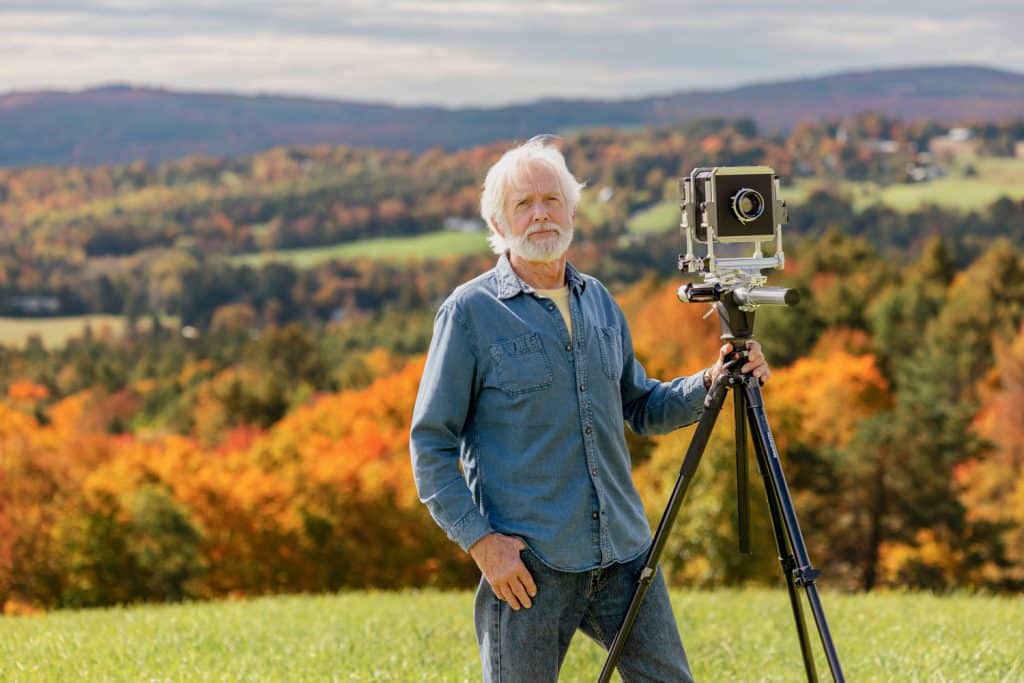
Photo Credit : Oliver Parini
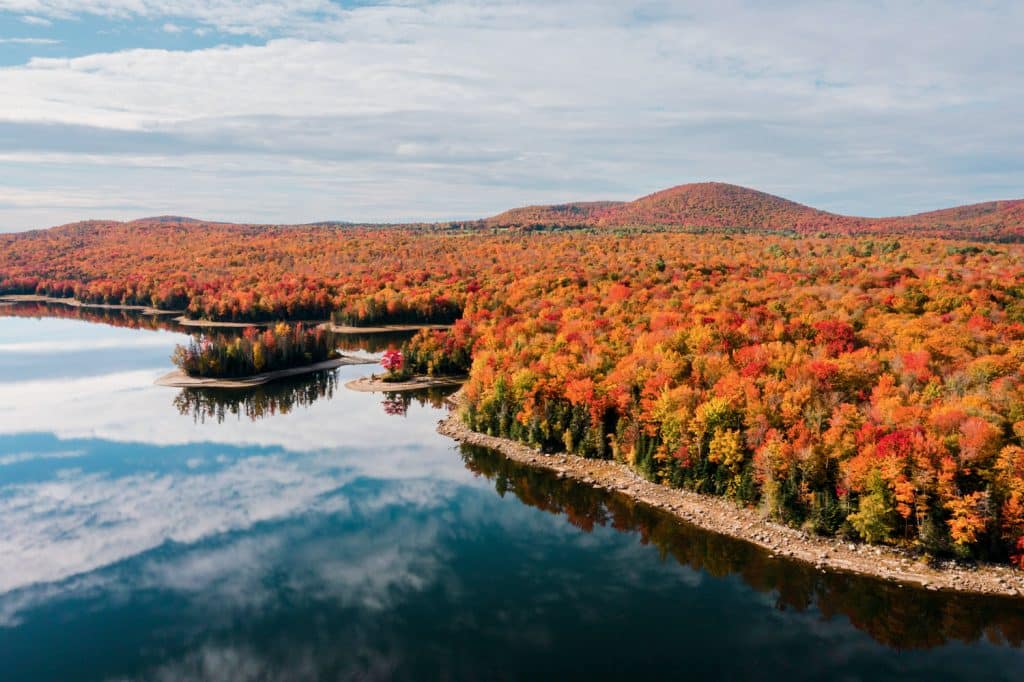
Photo Credit : Oliver Parini
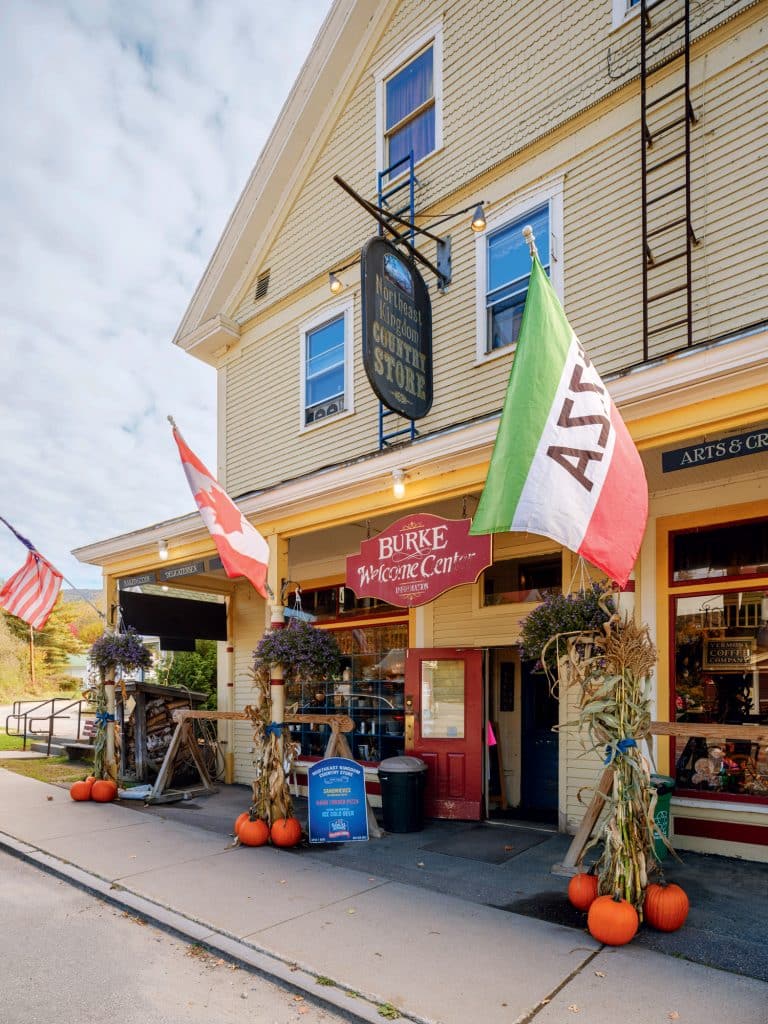
Photo Credit : Oliver Parini
One of the day’s events was an exhibit of prints by local photographer Richard Brown. He started documenting life in the Northeast Kingdom 50 years ago, and his book The Last of the Hill Farms depicts a place where he found “a world of Jersey cows and Belgian work horses, wood-burning Glenwoods, and dirt-floored basements full of canned applesauce, mustard pickles and stewed tomatoes in glinting rows on sagging wooden shelves. Autumn mornings, when the sharp fragrance of wood smoke and rotted manure laced the air, when the frost was thick on the land, and the maples began to blaze, I thought I’d died and gone to photographer’s heaven.”
I met up with Brown at the modest headquarters of the Peacham Historical Association, where his prints were on display, and we talked about the town he’d come to in the days when “there was an invasion of people like myself,” back-to-the-landers who “didn’t know what the hell we were doing.” But he and the other newcomers found Vermonters, fifth- and sixth-generation and beyond, who did know what they were doing, and were doing it in the receding twilight of the 19th century. Brown spent years chronicling the lives of his neighbors, having, as he once wrote, “always been drawn to the closeness of Vermont’s past.”
Brown built on the legacy of an earlier photographer who had also been entranced by Peacham: European émigré Clemens Kalischer, who chronicled the town during the 1950s and ’60s. His pictures so poignantly captured the essence of life in a midcentury Vermont village that their appearance in Life magazine, Vermont Life, and a Time-Life book about New England helped establish the state as the quintessence of bucolic Yankeedom, living proof that there really is something the Germans call fernweh—a longing for a place one has never seen. I imagine it must have afflicted more than a few of the folks we sauntered through town with on that festival day.
* * * * *
After Peacham, Kay and I swung up past St. Johnsbury to Lyndonville—where I narrowly resisted killing the afternoon at a favorite spot, Green Mountain Books—and sought out a road we’d never traveled. It runs through deep Technicolor autumn woods to Greensboro Bend via the village-less towns of Wheelock and Stannard, and is punctuated by a marker that states: “In honor of Horace C. Goss who built this road over Wheelock Mountain in 1868.” (We assume Mr. Goss had help.)
Returning to Greensboro, we checked in at Highland Lodge, a rambling and venerable inn that made us feel as if we’d arrived at Grandma’s big, comfortable house in the country. Our room’s name, though, paid tribute to someone Grandma might not have heard of. It was the Federico Suite, honoring Spanish poet Federico Garcia Lorca, who in 1929 spent time over on Lake Eden with his friend Philip Cummings. Cummings’s family were founders of Highland Lodge. A photo of the two young men hung in our room. I looked at Lorca, in his natty tennis sweater, and wanted to tell him to stay here, instead of going back to Andalusia to be killed by Franco in 1936. The futile warnings of hindsight call to others, as well as to ourselves.
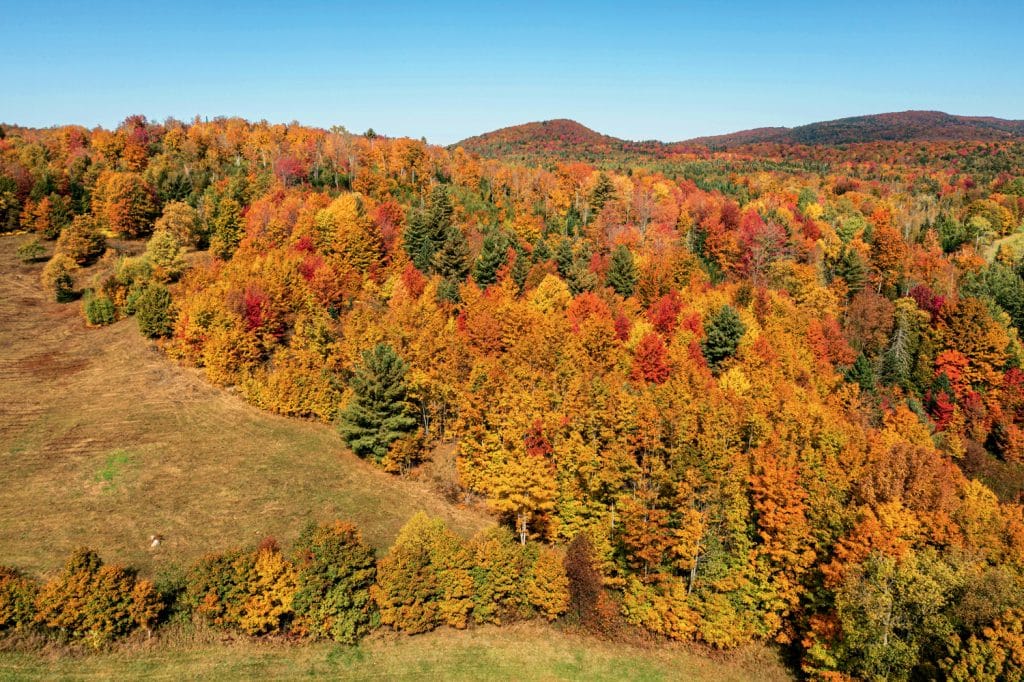
Photo Credit : Oliver Parini
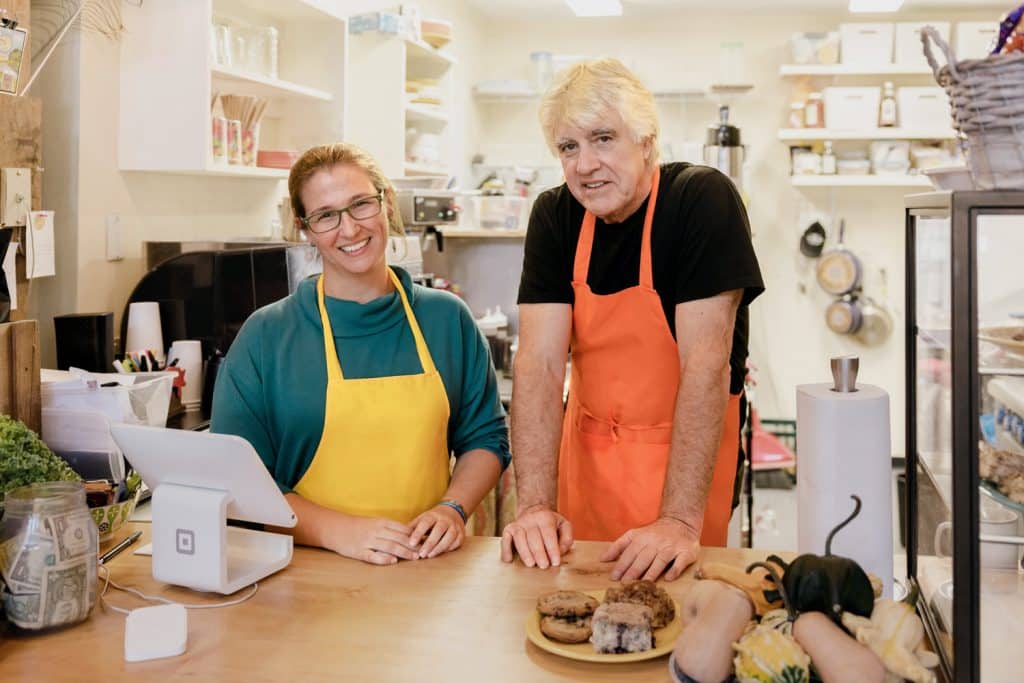
Photo Credit : Oliver Parini
Caspian Lake has long been a quiet summer getaway for people of accomplishment and means, the types who would avoid the Hamptons like the plague. The late U.S. Chief Justice William Rehnquist had a place here, as did author John Gunther, who wrote of the “lollipop” moon shining over Caspian. After a canoe paddle around the east shore, where the lake was a mirror splashed with color, we tucked in too early for moonrise. We woke to a morning of heavy mist over Caspian, the distant call of the loons, and the Dopplered gabble of a southward flock of Canada geese.
The mist cleared during breakfast, and it was time to continue our drive through the autumn Kingdom with a run up Route 16 for stops at two very unusual destinations in the town of Glover. The Museum of Everyday Life occupies a former barn on the roadside, and a quirkier, less formal … well, more everyday museum likely doesn’t exist. Per a note tacked by the door, you turn on the lights when you go in, and turn them off when you leave. What’s inside? Keys and keyholes, alarm clocks, a violin made of matchsticks, a book on how to sharpen pencils, a curtain made of safety pins, toothbrushes, shopping and to-do lists (with a map showing where on the streets of New York they were found), and a collection of notes discovered in library books. The separate Milk House Gallery houses rotating exhibits; when we were there, the theme was bathrooms and their equipage, from replicas of tools the Romans used to wipe away bodily grime, to faucet handles and shower heads, to rubber duckies and a recording of a young Bette Midler singing at a New York bathhouse.
Just up the road, we turned off to visit a much older and more politically inclined institution, the Bread and Puppet Museum. Here, on the property where artist Peter Schumann and his late wife, Elka, once hosted their “Domestic Resurrection Circus,” a cavernous 150-year-old barn is home to the enormous puppets that Schumann and his assistants crafted to dramatize the social and political struggles of the past half century. Dimly lit halls are crowded with both oppressors and oppressed, stylized as if they were characters in medieval morality plays; politics, though, is somehow subsumed in the sheer artistry of it all.
* * * * *
Back in the light of the autumn day, we drove north through Barton to Orleans, where we bought the makings of a picnic lunch to enjoy at one of my favorite places in Vermont. The village of Brownington is best known for the Old Stone House, the remarkable granite edifice built by the Rev. Alexander Twilight, the state’s first African-American college graduate, for the boys’ academy he directed. But just across the road from the Stone House is a pillowy meadow topped by a far less grand but nonetheless captivating structure: a two-story wooden observatory that offers views reaching from Lake Memphremagog into Quebec, to the sugarloaf peaks framing Lake Willoughby, to the Green Mountains to the south. If there is a better spot in Vermont for an alfresco lunch, we haven’t found it.
We meandered east on the back roads, keeping an eye out all the while for a surprising recent phenomenon in Vermont demographics. Migrating northeast from their Pennsylvania redoubts—motivated, some say, by exasperation over years of serving as photo opportunities for too many tourists—a number of Amish families have brought their agricultural know-how and 18th-century technology to the Brownington area. After seeing a caution sign bearing the silhouette of a horse and buggy, we started watching out for the real thing. None were spotted, but we were pleased to reflect on the fact that in the realm of farmland preservation, the Keystone State’s loss is our gain. And the Amish must realize by now that they’ve moved to a realm of more spectacular fall foliage (sorry, Pennsylvania).
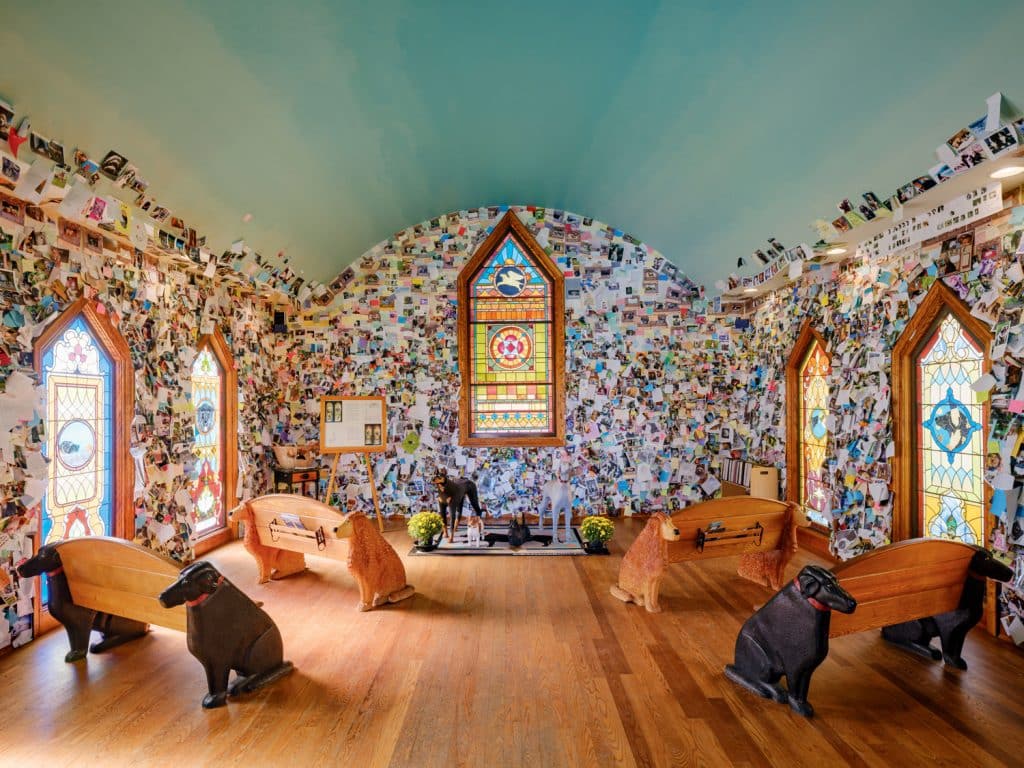
Photo Credit : Oliver Parini
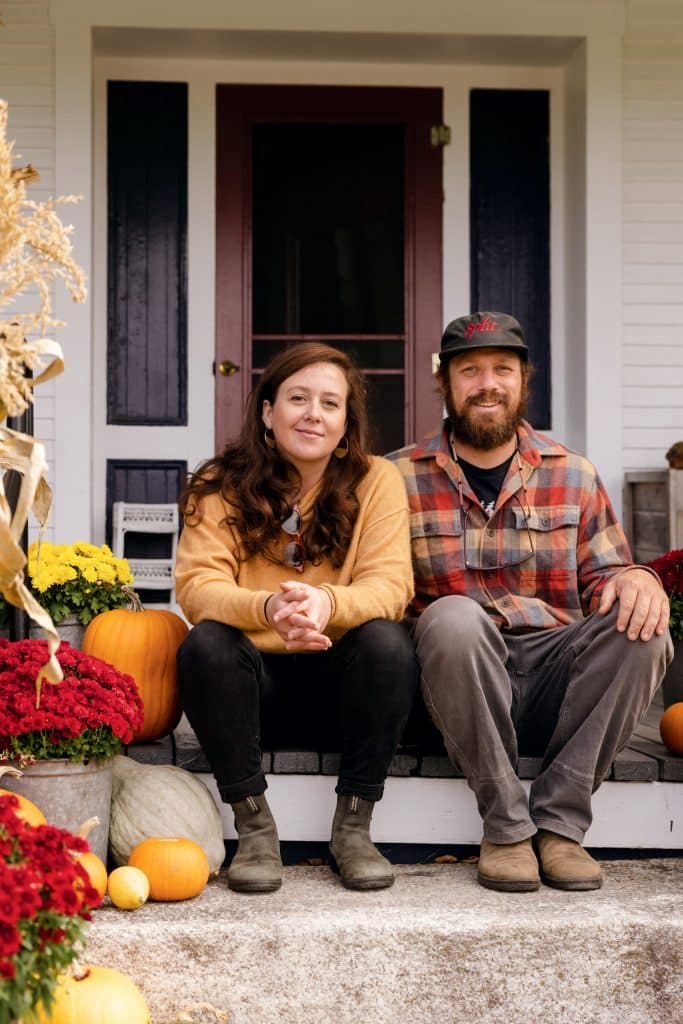
Photo Credit : Oliver Parini

Photo Credit : Oliver Parini
Poking along Hudson Road in East Charleston, we came upon that quintessential foliage drive stop, the perfect roadside stand. The Devaney Farm Stand, a splash of architectural color that challenged the trees, offered the traditional cornucopia of fall fruits and vegetables, including a Vermont oddity: plums. “They’re from just across the border, in Quebec,” proprietor Sharyl Devaney told us. We bought a box, glad to find that plums were finding their way over the border, but the real taste treat of the afternoon was Devaney’s ice cream sandwiches, inch-and-a-half-thick treats built around chewy homemade cookies.
Sated till supper, we browsed the curio shop, where shelf after shelf bulged with antique housewares, bottles with half-forgotten brand names, vintage toys, and a cast-iron pig trivet we just had to have. “My husband goes to a lot of auctions,” Devaney told us.
She also told us about a place to check out if we were continuing on to Island Pond, which was our plan. “It’s called Cucina di Gerardo, and Gerardo is from Italy. I had one of his calzones last night—delicious!”
* * * * *
Island Pond is a Northeast Kingdom outpost. It does stand alongside a pond—more of a lake, really—with an island in it, and is known by Vermonters mainly as a snowmobilers’ haven. Beyond here is the Silvio O. Conte National Fish and Wildlife Refuge, 40,000 acres of wilderness reaching to the New Hampshire border. Despite the refuge’s name, Island Pond is one of the last places we’d ever expect to come across an Italian restaurant run by a native Italian. But there it was.
I found Gerardo Grieco busy in his kitchen, on a day when his place was closed, and he was happy to talk about how he’d brought la bella cucina to this corner of Vermont. He hails from the southern Italian town of Avellino, and was surprised to hear that my own Italian ancestors came from a paese not 50 miles distant.
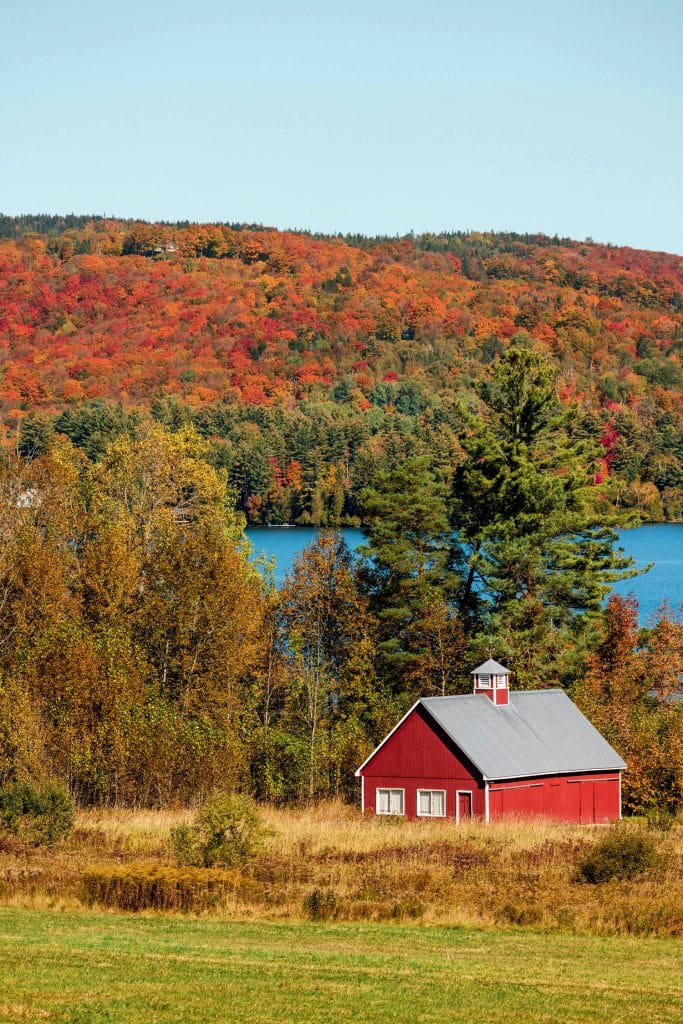
Photo Credit : Oliver Parini
Grieco, a veteran of the Boston restaurant scene, first came to the Northeast Kingdom more than 30 years ago. Every bit the picture of an Italian chef, he ran his own places in Lyndonville and St. Johnsbury before opening his small trattoria in Island Pond. He’s a self-proclaimed “pizza man,” but his menu goes way beyond that. It’s the cuisine of Naples and environs, and the ingredients, Grieco says with pride, “are all imported from Italy.” Locavore dining is fine, but you just can’t grow San Marzano tomatoes in Vermont.
I wished we could stay in Island Pond until the next day, when Gerardo’s place would be open, but we had reservations at the WilloughVale Inn, on the northeast shore of fjord-like Lake Willoughby. We got there by way of Hinton Ridge Road, which winds down from Route 105 and crests, high above the lake, at Sentinel Rock State Park. The colors were perhaps a shade past peak up there, which meant they’d be at their pinnacle along the lake. We reached the inn early enough in the afternoon to aim a couple of its kayaks south, toward the lake-framing mountains Pisgah and Hor, and we paddled up appetites for dinner on the WilloughVale’s porch. There, as we finished our wine in the gathering dusk, our own lollipop of a moon rose over the Pisgah foothills, shimmering on the cobalt lake.
See More:
Guide to the Northeast Kingdom of Vermont: Where to Eat, Stay, and Play




